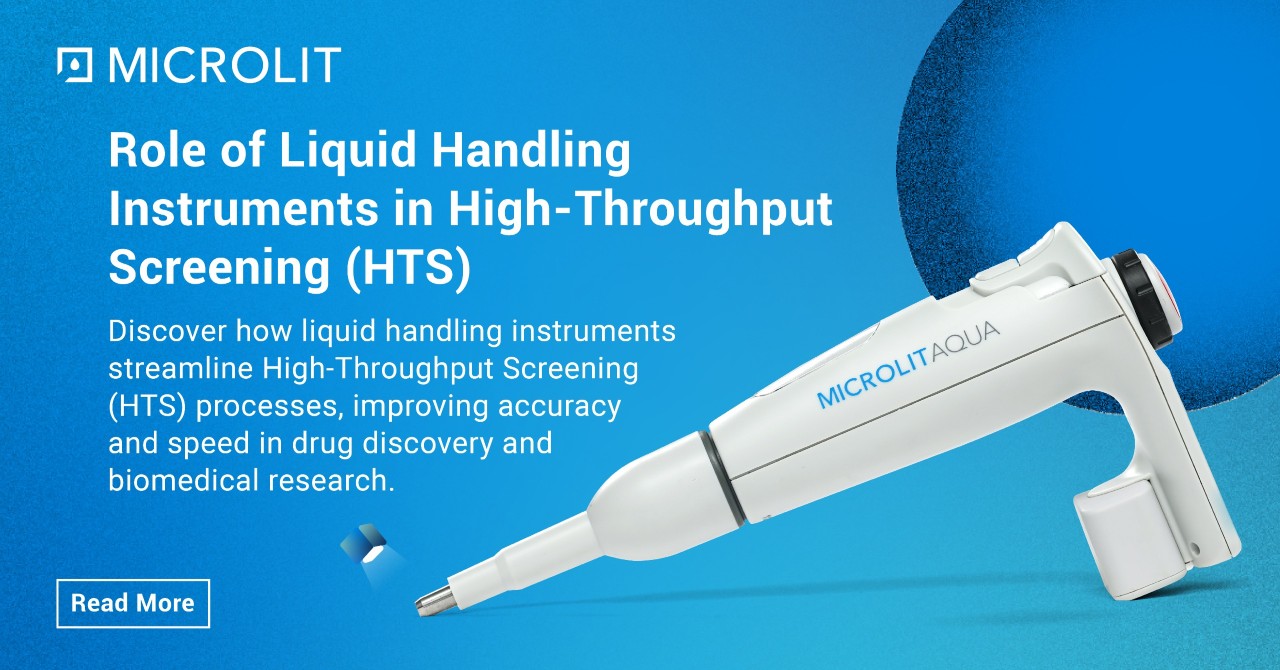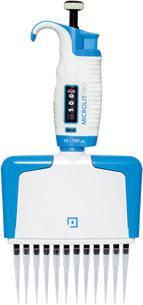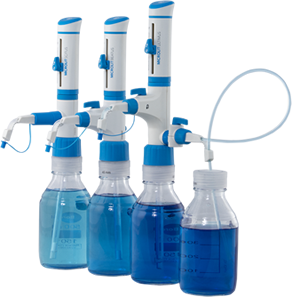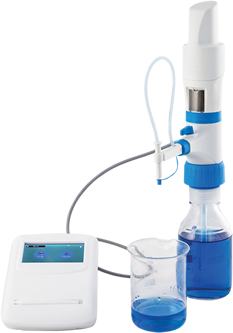High-Throughput Screening (HTS) is a cornerstone of modern drug discovery. It enables researchers to quickly test thousands of compounds, identifying potential therapeutic candidates. Central to this process are liquid handling instruments, which ensure precision and efficiency in testing. These tools have transformed HTS, allowing for rapid and reproducible screening of large chemical libraries, thereby accelerating the drug discovery process.
What is High-Throughput Screening (HTS)?
High-Throughput Screening is a technique used in drug discovery to rapidly conduct a large number of tests. These tests help identify active compounds, antibodies, or genes that can affect a particular biological pathway. HTS is widely used in drug discovery, molecular biology, and biochemical research.
The key to HTS is its ability to miniaturize and automate assays, making it possible to test thousands or even millions of samples. This is where liquid handling instruments come into play, enabling the precise dispensing of minute liquid volumes into microplates with multiple wells, typically 96, 384, or 1536 wells per plate.
Overview of Liquid Handling Instruments used in HTS
Liquid handling instruments are engineered to perform precise liquid transfers, a key requirement for HTS. These instruments come in various forms, each designed to meet specific throughput and precision needs.
- Manual Pipettes:
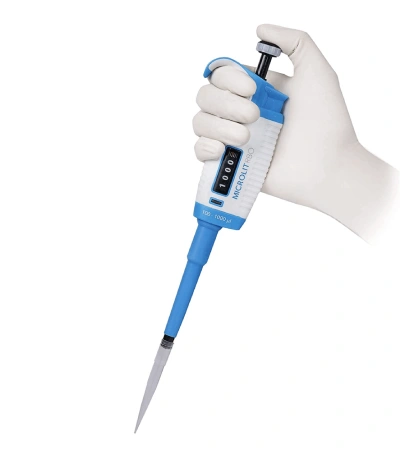 Manual pipettes are the simplest form of liquid handling instruments. They are highly accurate but require manual operation, which can introduce variability. Their role in HTS is generally limited to small-scale assays or initial assay development.
Manual pipettes are the simplest form of liquid handling instruments. They are highly accurate but require manual operation, which can introduce variability. Their role in HTS is generally limited to small-scale assays or initial assay development. - Automated Pipetting Systems: Automated pipetting systems are a step up from manual pipettes, providing consistent and repeatable liquid transfers. These systems are equipped with programmable features that allow for the automation of complex pipetting tasks, such as serial dilutions and reagent mixing. Their high precision and reproducibility make them ideal for large-scale HTS.
- Robotic Liquid Handlers: Robotic liquid handlers are advanced systems designed to automate entire workflows. These robots can handle a variety of liquid handling tasks, including plate replication, sample transfer, and reagent addition, all with minimal human intervention. They are essential for ultra-high-throughput screening (uHTS), where speed and precision are critical.
- Acoustic Liquid Handling: Acoustic liquid handling is a non-contact technology that uses sound waves to move small volumes of liquid. This technique is particularly useful in HTS for transferring nanoliter volumes without the risk of cross-contamination. Acoustic liquid handlers are becoming increasingly popular in HTS due to their accuracy and ability to handle low-volume transfers.
The Importance of Precision and Accuracy in HTS
Precision and accuracy are paramount in HTS, where even small variations in liquid handling can lead to significant errors in screening results. Liquid handling instruments are designed to minimize such variability, ensuring that each assay is performed under consistent conditions.
- Volume Accuracy: In HTS, the accurate dispensing of liquids is critical. Automated pipetting systems and robotic handlers are calibrated to dispense precise volumes, typically in the microliter or nanoliter range. This precision is crucial for assay miniaturization, where the reduction in reagent volumes allows for higher throughput and lower costs.
- Reproducibility: Reproducibility is another key requirement in HTS. Liquid handling instruments are designed to perform the same task repeatedly with minimal variation. This consistency is essential for generating reliable data across multiple screening campaigns.
- Contamination Control: Cross-contamination can be a significant issue in HTS, particularly when dealing with small volumes. Non-contact technologies like acoustic liquid handling reduce the risk of contamination by eliminating the need for physical contact between the instrument and the liquid.
- Optimise Resource Use: Precise dispensing reduces the waste of valuable reagents and samples by ensuring that only the required volumes are used, optimizing the efficiency of the HTS process.
- Critical for Miniaturization: Precision is essential for the miniaturization of assays in HTS, where small volumes of liquid must be handled accurately to allow for large-scale screening with reduced costs.
More Innovations in Liquid Handling Technologies
The field of liquid handling is continuously evolving, with new technologies being developed to further enhance the capabilities of HTS.
- Microfluidics: Microfluidic devices are small-scale systems that manipulate tiny volumes of liquid, typically in the nanoliter or picoliter range. These devices can be integrated with HTS platforms to perform highly miniaturized assays. Microfluidics offers significant advantages in terms of reagent conservation, reduced waste, and increased assay throughput.
- 3D Bioprinting: 3D bioprinting is an emerging technology that uses liquid handling instruments to deposit cells and biomaterials in precise patterns. This technology has the potential to revolutionize HTS by enabling the creation of complex, tissue-like structures for drug testing.
- Lab-on-a-Chip: Lab-on-a-chip technology integrates multiple laboratory functions onto a single chip. These chips can be used in conjunction with liquid handling instruments to perform HTS in a highly compact and efficient manner. Lab-on-a-chip devices are particularly promising for applications in personalized medicine and high-throughput genomics.
- Digital PCR: Digital PCR (dPCR) is a highly sensitive technique that uses liquid handling instruments to partition a sample into thousands of individual reactions. This technique allows for the precise quantification of DNA or RNA, making it a powerful tool for HTS in genomics and molecular biology.
Conclusion
Liquid handling instruments are vital to the success of high-throughput screening, enabling rapid and efficient screening of large chemical libraries. The precision, accuracy, and automation they provide are essential for miniaturizing and scaling HTS assays. Despite challenges like cost and complexity, ongoing innovations in liquid handling technology continue to enhance HTS capabilities, driving forward drug discovery and biomedical research.
By understanding the importance and benefits of liquid handling instruments in HTS, researchers can make informed decisions about the tools and technologies they use, ultimately improving the efficiency and success of their screening campaigns.
Microlit Liquid Handling Instruments
Microlit Liquid Handling Instruments are vital in High-Throughput Screening (HTS) due to their precision and accuracy in liquid dispensing, which ensures consistent and reliable assay results. These instruments minimize variability and reduce the risk of false positives and negatives, leading to higher data quality in drug discovery.
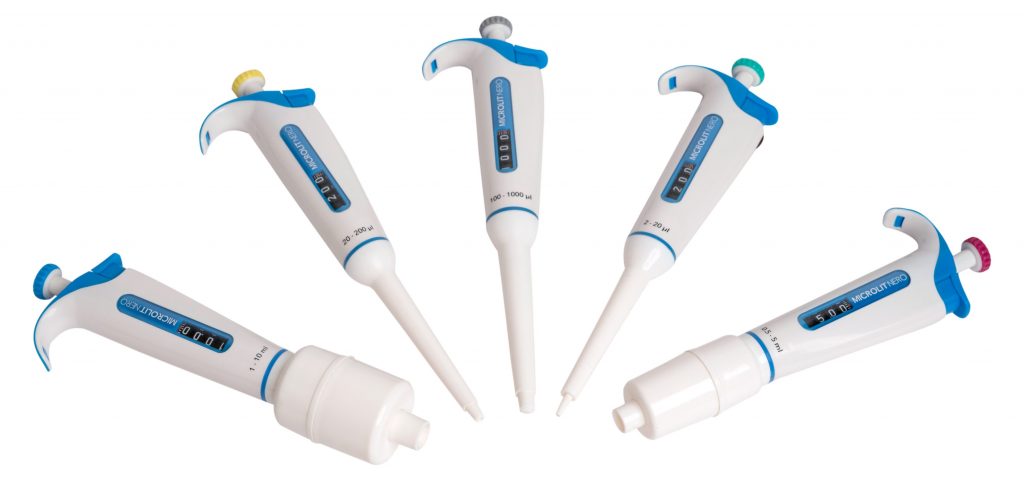
To know more about Microlit products, contact us at info-usa@microlit.com or visit the website at www.microlit.us.






 3726
3726